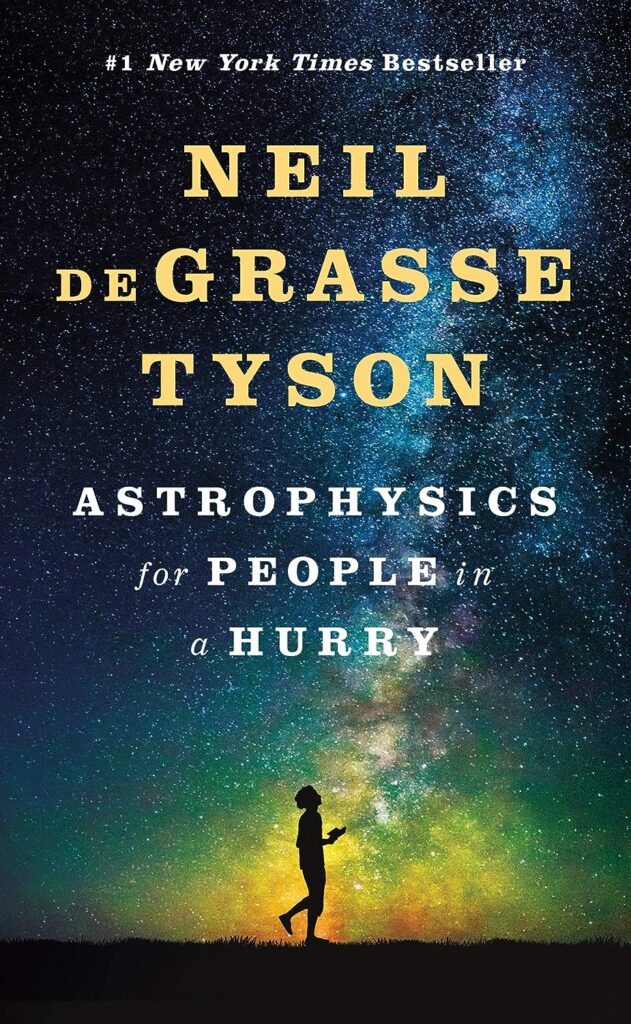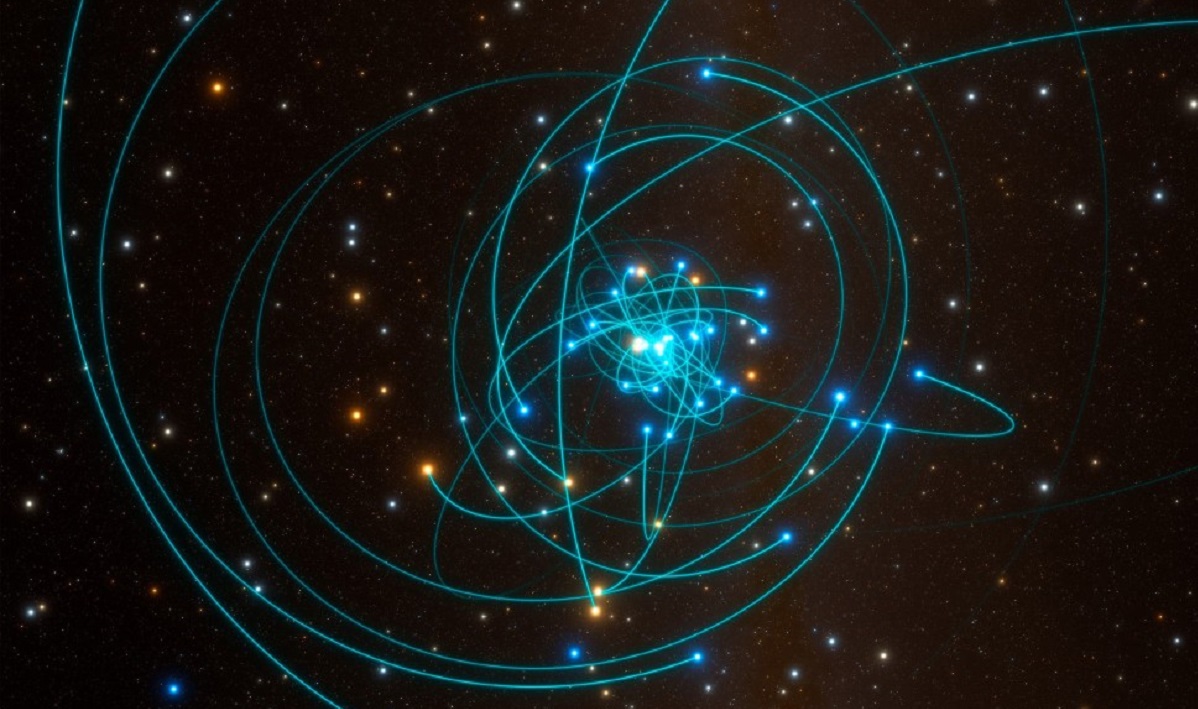In a legendary tale, 16th-century Hungarian Countess Elizabeth Báthory was said to bathe in the blood of young women to preserve her beauty. History tells a different story, but the desire for eternal youth through fantastical means remains.
While blood baths might not work for humans, new research suggests a surprisingly effective method for stellar rejuvenation – cosmic cannibalism. A study of stars swirling around the Milky Way’s core reveals they might be much older than they appear, thanks to a diet of their neighbors.
“Some stars win the smash-up jackpot,” says Northwestern University astrophysicist Sanaea Rose. “Through collisions and mergers, they gobble up extra hydrogen, essentially masquerading as younger stars. They’re like stellar zombies, feasting on their neighbors.”
The galactic center is a bustling place. A supermassive black hole, 4 million times the Sun’s mass, sits at its heart. Stars zip and zoom around it at incredible speeds, tightly packed in the Milky Way’s dense hub. This environment practically begs for stellar mayhem.
“Imagine navigating rush hour in a jam-packed New York subway,” explains Rose. “Even if you don’t collide, you’re constantly brushing past others. Similarly, stars experience close encounters that influence each other’s gravity. We wanted to understand how these interactions affect the stellar population.”
Directly observing these stars is challenging due to obscuring dust clouds. So, Rose and her team created a detailed simulation of the galactic center, letting the stars play out their cosmic dance.
They discovered that the fate of colliding stars hinges on their proximity to the black hole. Within a certain zone, interactions are frequent, but high speeds lead to glancing blows, with stars losing some outer material but mostly remaining intact.
Beyond this zone, things get rougher. Slower-moving stars lack the momentum to escape close encounters, leading to full-on mergers where they combine into a single, larger star. This merging process can also rejuvenate some stars by giving them a fresh supply of hydrogen, making them appear younger despite their true age. However, there’s a catch – bigger stars burn fuel faster and have shorter lifespans.
“Massive stars are like gas-guzzling cars,” says Rose. “They start with a lot of fuel, but burn through it quickly.”
The vampire comparison might not hold entirely true, but the research explains the puzzling lack of old red giant stars in the galactic center. Both mass loss from collisions and mergers creating short-lived giants would reduce the number of red giants expected in a typical stellar population.
Further observation and research can shed more light on these processes, revealing the unique and complex dynamics at play in the heart of our galaxy.
Sources:
The findings have been submitted to the Astrophysical Journal Letters, presented at the American Physical Society’s April meeting, and are available on arXiv here and here.
Discover:

Astrophysics for People in a Hurry
$9.48 (30% off)
The essential universe, from our most celebrated and beloved astrophysicist.

